Samuel Ross – master of the multidisciplinary space
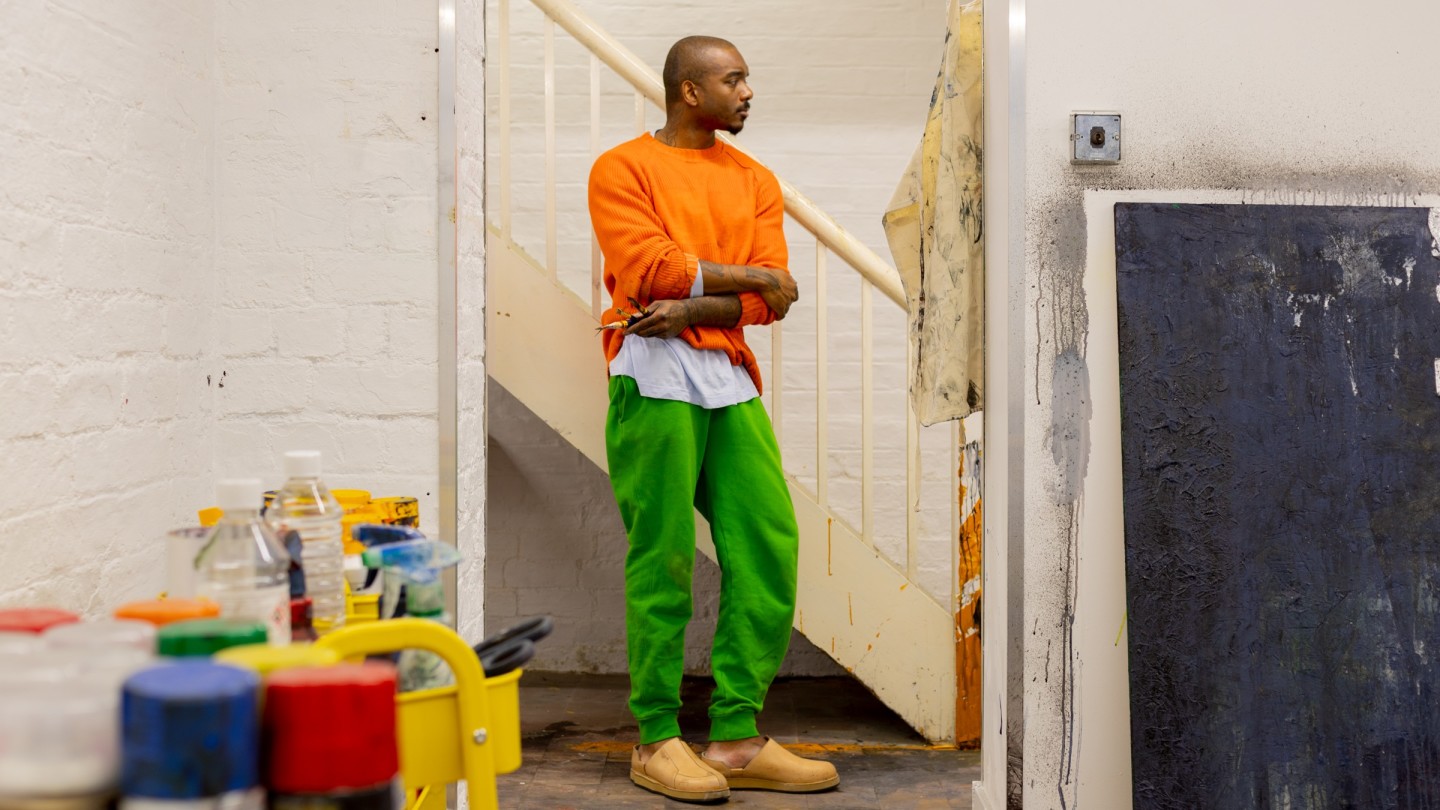
Roula Khalaf, Editor of the FT, selects her favourite stories in this weekly newsletter.
During a stint living in New York in the spring of 2022, I’d see designer Samuel Ross every day. There he was, on the corner of Mercer Street, looking poised and serious on a huge billboard, wearing his new collaboration with Swiss watchmaker Hublot. Up until then, I’d thought of the British fashion and product designer as an insider’s secret – the designer that designers loved – but as I wandered past the posters on Broadway, I realised things were changing.
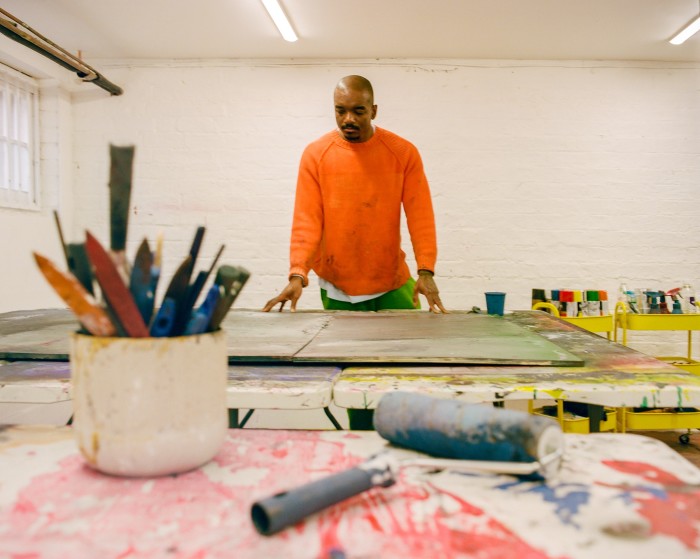
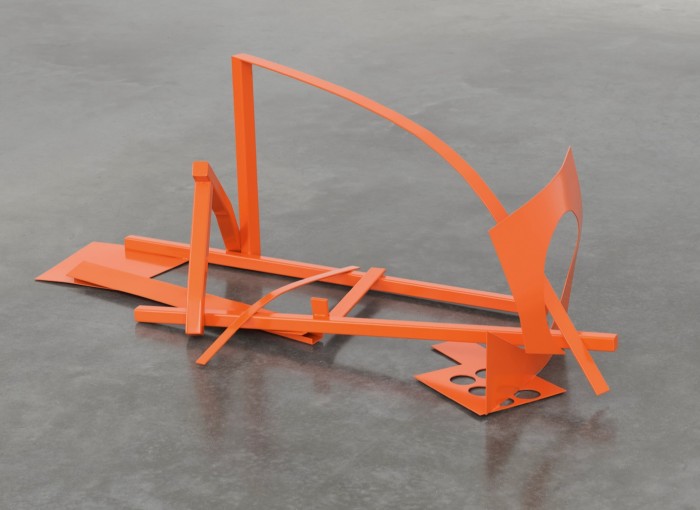
Back in the UK, I meet Ross one afternoon in early spring. He arrives in a chauffeur-driven Tesla, in a chic ensemble of greys and green. He is carrying a Louis Vuitton holdall – a tiny nod to his former employer, the late Virgil Abloh, who appointed Ross to be his first design assistant on the fashion brand Pyrex Vision and Kanye West’s design agency Donda, back in 2013. Ross launched his own luxury streetwear-meets-outerwear brand A-Cold-Wall* in 2015, aged 24. He went on to collaborate with Nike, Converse and Dr Martens, and was an honouree in The Fashion Awards’ People category in 2020. In 2019, he launched the product and industrial design studio Samuel Ross & Associates (SR_A), under which moniker he co-created the Hublot watch, has worked on perfume bottles with Acqua di Parma and headphones with Beats by Dre. The Samuel Ross world is very much one where ideas – usually a comment on class, race or social constructs – inform the design.
But today he is here to talk about his forthcoming solo show of paintings and sculpture at White Cube.
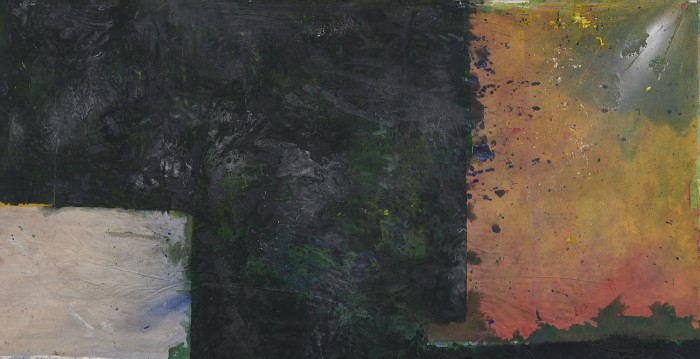
Ross was always a painter. But his decision to pursue commercial design was the more practical early career choice. He was raised in Northamptonshire to second-generation Windrush parents, an artist and a teacher. He explains: “The only reason I didn’t take the risk my father took was because I looked at our home, saw the economic difficulties and thought it was safer to keep [art] as a passion on the side. I now have the time and the security to be able to follow my true passion, which is why I’ve been painting, drawing and sculpting seriously for the past four years.” It is, he says, where his “heart and head [are] most comfortable”.
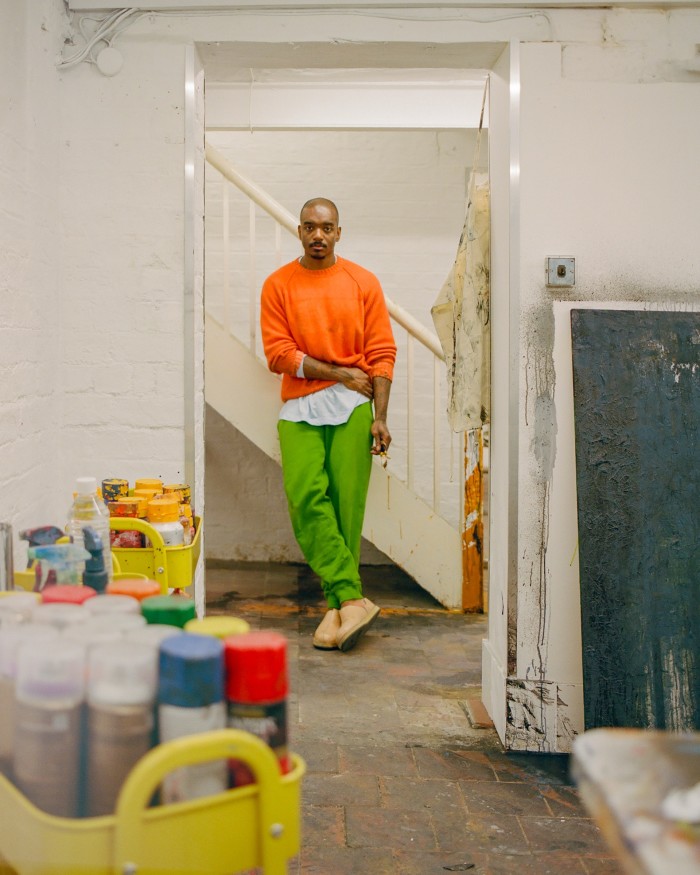
Ross still has a home in Northamptonshire, where he lives above his art studio, a busyness of buckets, dyes, industrial materials and art propped up against the walls. It’s a marked distinction from the pristine codes evident in his London design space, where a 14-strong fashion and product team work. His art is a personal expression of his creativity – a space to explore questions of “the black condition”, “missing histories”, industrialised society and his place in the diaspora. He shows me several works, including Others See It, a still-wet mass of blue paints, oils, acrylics and industrial materials, one of the 10 sizeable paintings that will be on display at White Cube. Another, the yellow, powder-coated metal Body in Land, is one of several sculptural pieces. The abstract forms, he says, allow him to express different facets of identity: “the indistinguishable difference between physical and internal self”.
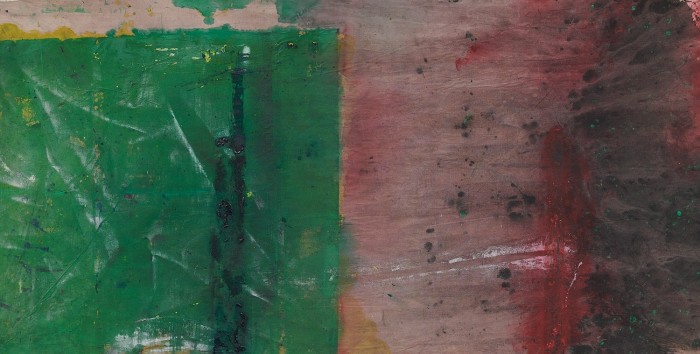
His introduction to White Cube came via Tim Marlow, CEO of London’s Design Museum. White Cube global artistic director Susan May was interested in the fashion angle of Ross’s work, but after meetings with gallery founder Jay Jopling, they landed on an idea that would showcase Samuel’s sculptures and two-dimensional works as an exhibition project. “A critical engagement with painting, sculpture and drawing underpins Samuel’s multidisciplinary commercial practice,” says May. “In some ways, the success of his myriad ventures is driven by the experimentation his artistic practice affords him to explore.”
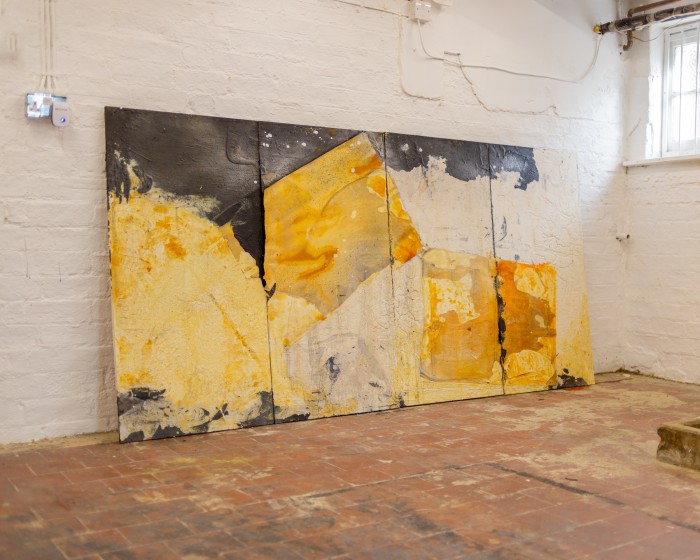
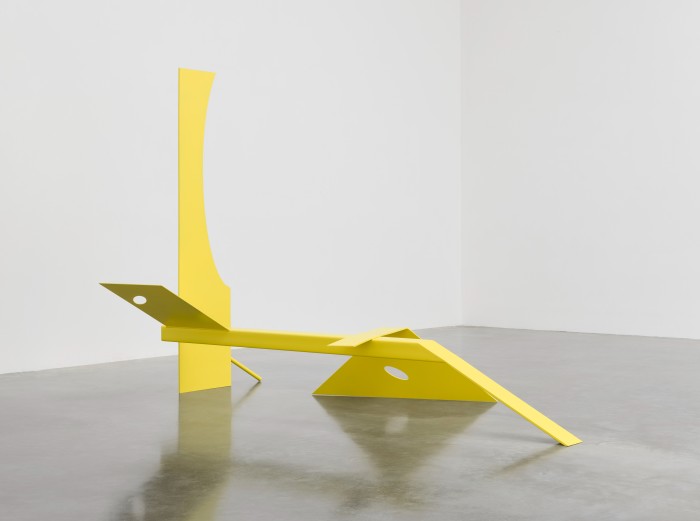
Ross reels off a list of ongoing and forthcoming projects: a group show at Chatsworth House; a solo show at New York design gallery Friedman Benda, in May, presenting his fourth showcase of furniture; Selfridges are releasing a collaboration between SR_A and electric-motorbike designers Ride Cake; and two new Hublot watches will drop later in the year. Perhaps unsurprisingly he is often labelled as a “polymath”. And yet he’s wary of the word. It’s something he considers especially loaded when written about black creative talent. “Sometimes it’s easier to place people in that silo [of polymath] versus taking the time to discern the [individual] work. It’s [used] in such a broad manner that it dilutes an association of expertise. Instead, we need… to assess bodies of work over a duration. I have two businesses that are successful, but I’m an artist. It can be as simple as that.”
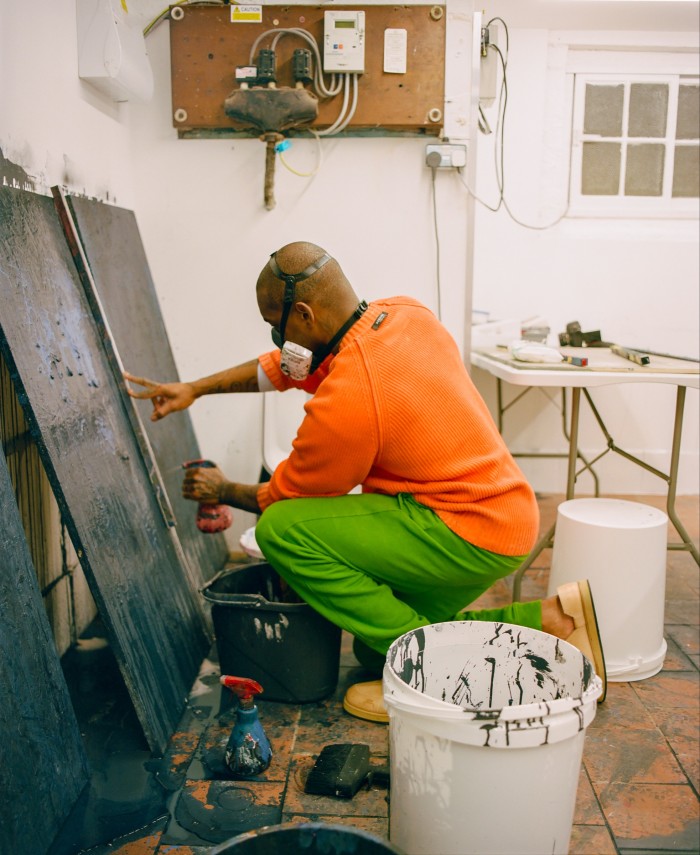
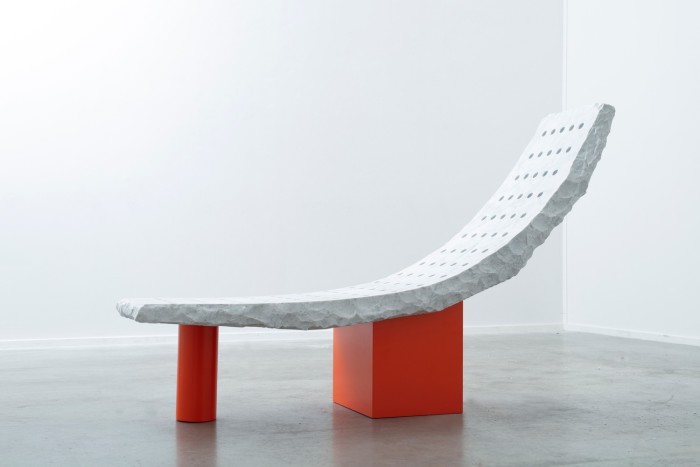
Ross cites modern British sculpture and the Black Arts Movement as strong influences. “The problem [those artists] were trying to tackle in terms of who is able to partake and communicate is still relevant,” he says of the latter. In response to the BLM movement, there has been enthusiastic championing of black figurative art and appointments of black directors of art spaces. But many in the industry have questioned the longevity and sincerity of the support. “The key issue now is about sustaining momentum and continuing to build upon progress,” says Vanessa Peterson, associate editor at Frieze art magazine. “It’s easy for these shifts to feel like passing trends, and for artists once revered by collectors and institutions to feel sidelined if attention and support moves elsewhere.”
Ross agrees that there is still a way to go to make sure black voices are being heard. “It’s enough for me to not lose myself in this globalised image of “black”, which has no particular region. I’ve really been focusing on lineage, heritage, self and what I know to be true.” Disrupting a system with Abloh and West created a certain level of confidence in Ross’s approach to design; it’s clear that his aspirations for his art are equally ambitious.
Inside the White Cube: Samuel Ross is showing from 5 April to 14 May, whitecube.com
Comments